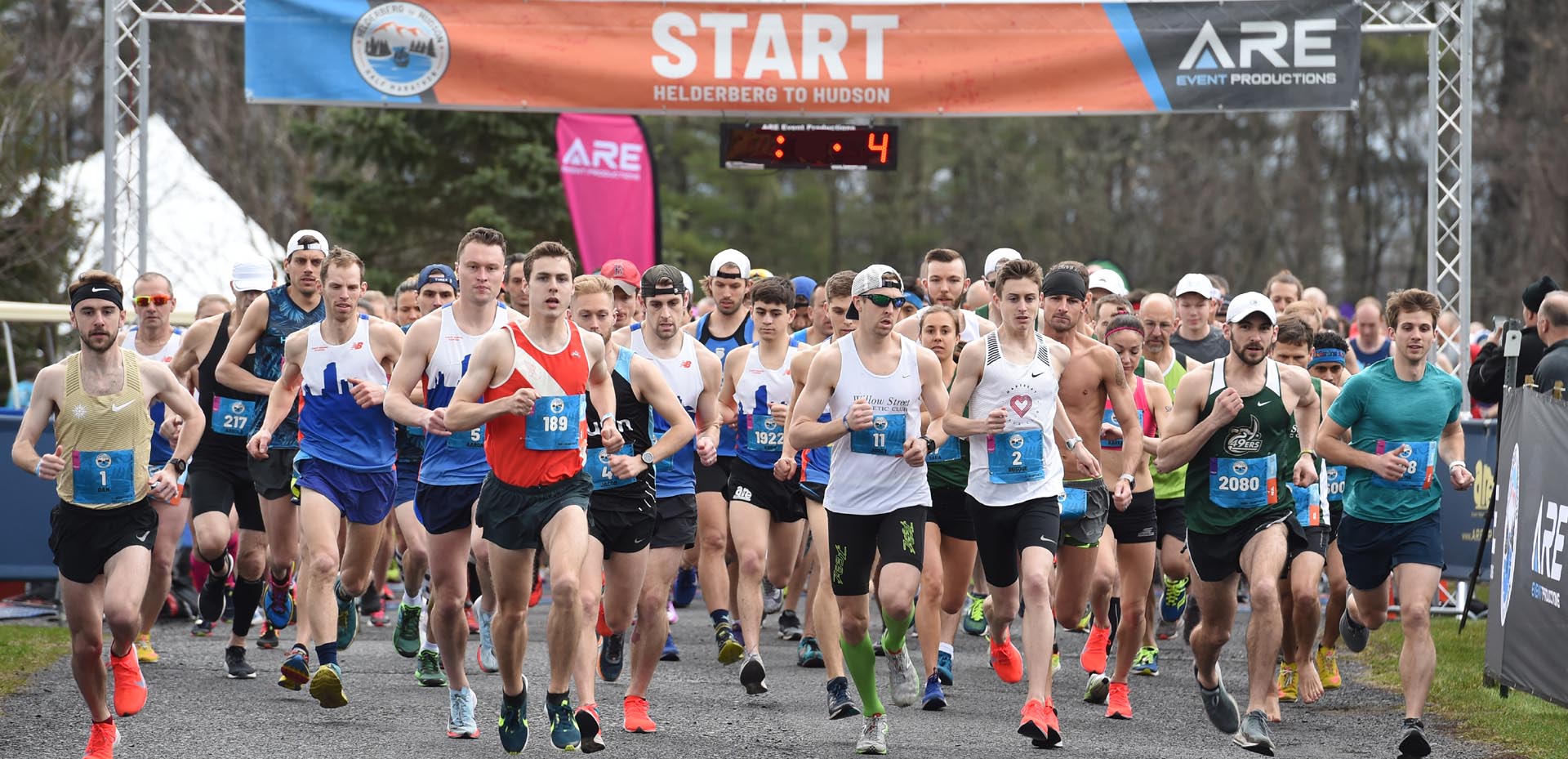Revolutionizing Engagement Through the Effortless Integration of Virtual Reality and Face-to-Face Interactions in Blended Occasions
Revolutionizing Engagement Through the Effortless Integration of Virtual Reality and Face-to-Face Interactions in Blended Occasions
Blog Article
Blended events are becoming increasingly common as they combine the finest elements of both in-person and online experiences. This innovative method allows participants to engage with material and each other in manner that were not feasible before. By incorporating VR reality into these events, planners can create immersive encounters that boost engagement and participation. This seamless blend of digital and physical components can lead to more meaningful relationships among attendees, whether they are there in person or joining virtually.
One of the primary advantages of using virtual reality in blended gatherings is the capability to create a common environment for all attendees. In a traditional format, in-person participants might have access to specific events or experiences that virtual participants cannot enjoy. However, with virtual reality, everyone can navigate the same virtual space, no matter of their location. This technology allows for engaging presentations, online connecting opportunities, and even gamified experiences that can captivate audiences. As a consequence, attendees feel more included and connected, leading to a richer overall encounter.
Moreover, VR reality can help overcome barriers that often exist in blended events. For instance, virtual participants may feel isolated or removed from the main event. By integrating virtual straight from the source reality, planners can create a feeling of presence that makes remote participants feel as if they are part of the action. This can be achieved through elements like digital avatars, which allow participants to interact with one another in live. Such interactions can encourage cooperation and networking, making it simpler for people to connect and share ideas, regardless of their geographical position.
In furthermore to improving involvement, the use of virtual reality in hybrid events can also provide important insights and information for planners. By monitoring attendee interactions and actions within the digital space, gathering organizers can collect data on what aspects of the event were most engaging. This data can be used to improve upcoming gatherings, ensuring that they meet the needs and wants of participants. Understanding how attendees engage with both the digital and physical elements can lead to more effective event approaches and improved overall experiences.
Finally, the combination of virtual reality and physical engagements in blended gatherings represents a major shift in how we approach gatherings and conferences. As technology continues to evolve, the potential for creating immersive and dynamic encounters will only grow. By embracing this new model, event planners can transform the way individuals connect, learn, and collaborate. The prospects of blended gatherings is bright, and the seamless combination of VR technology will play a key part in shaping that future.